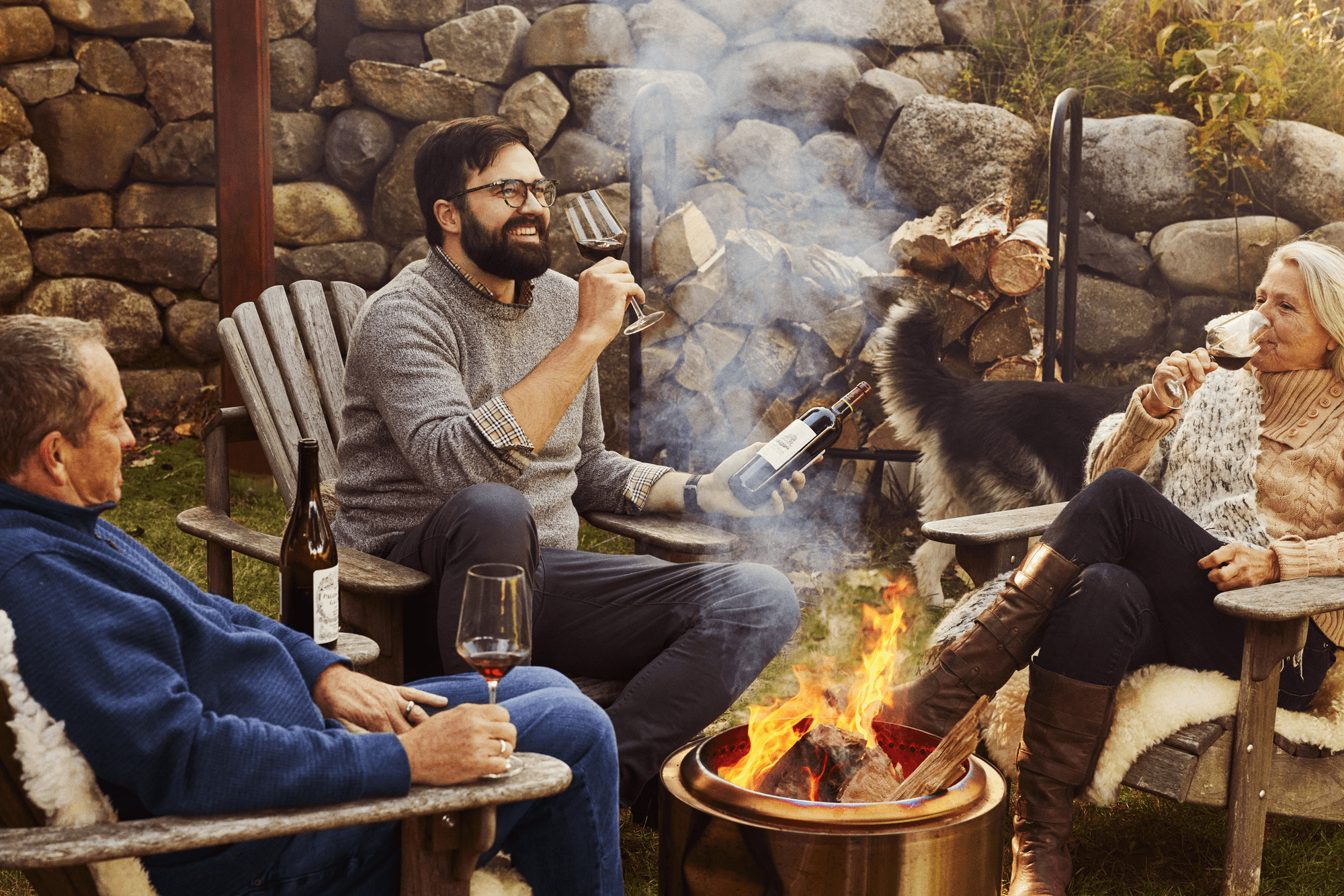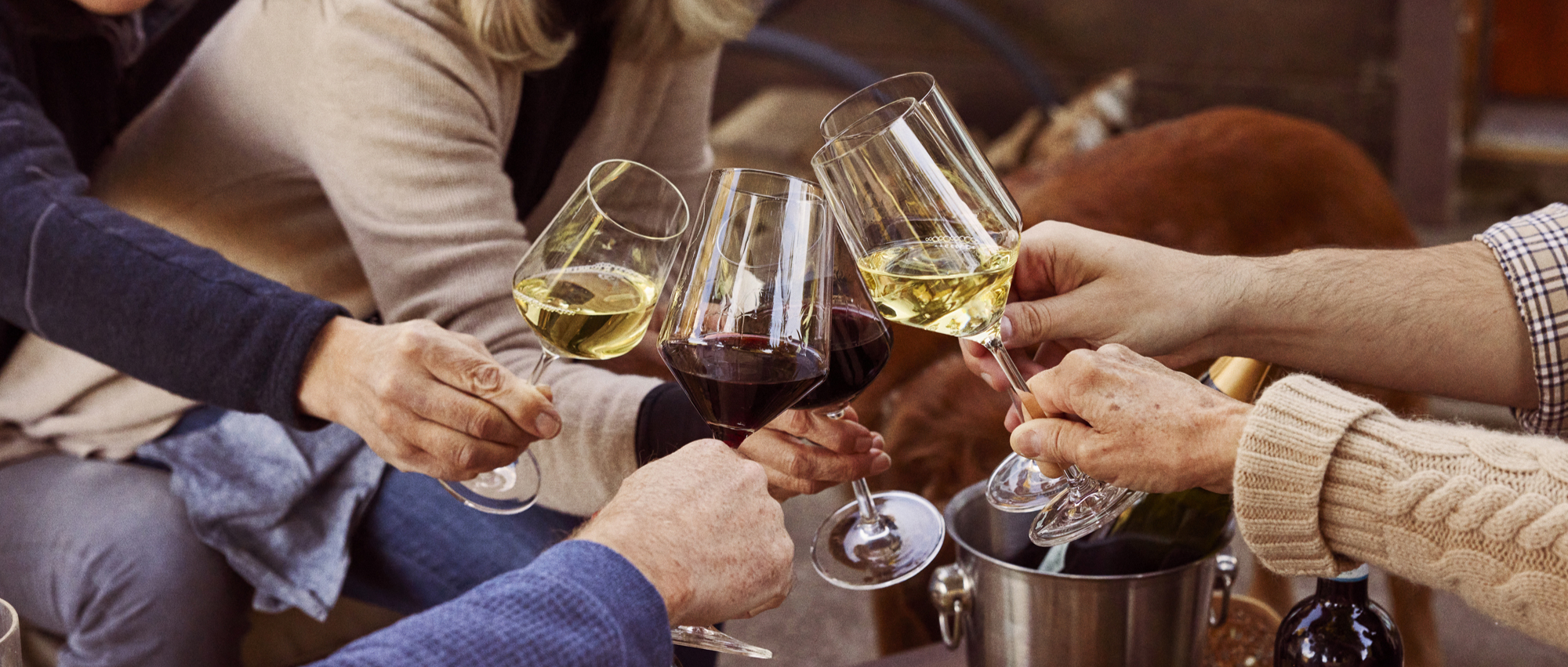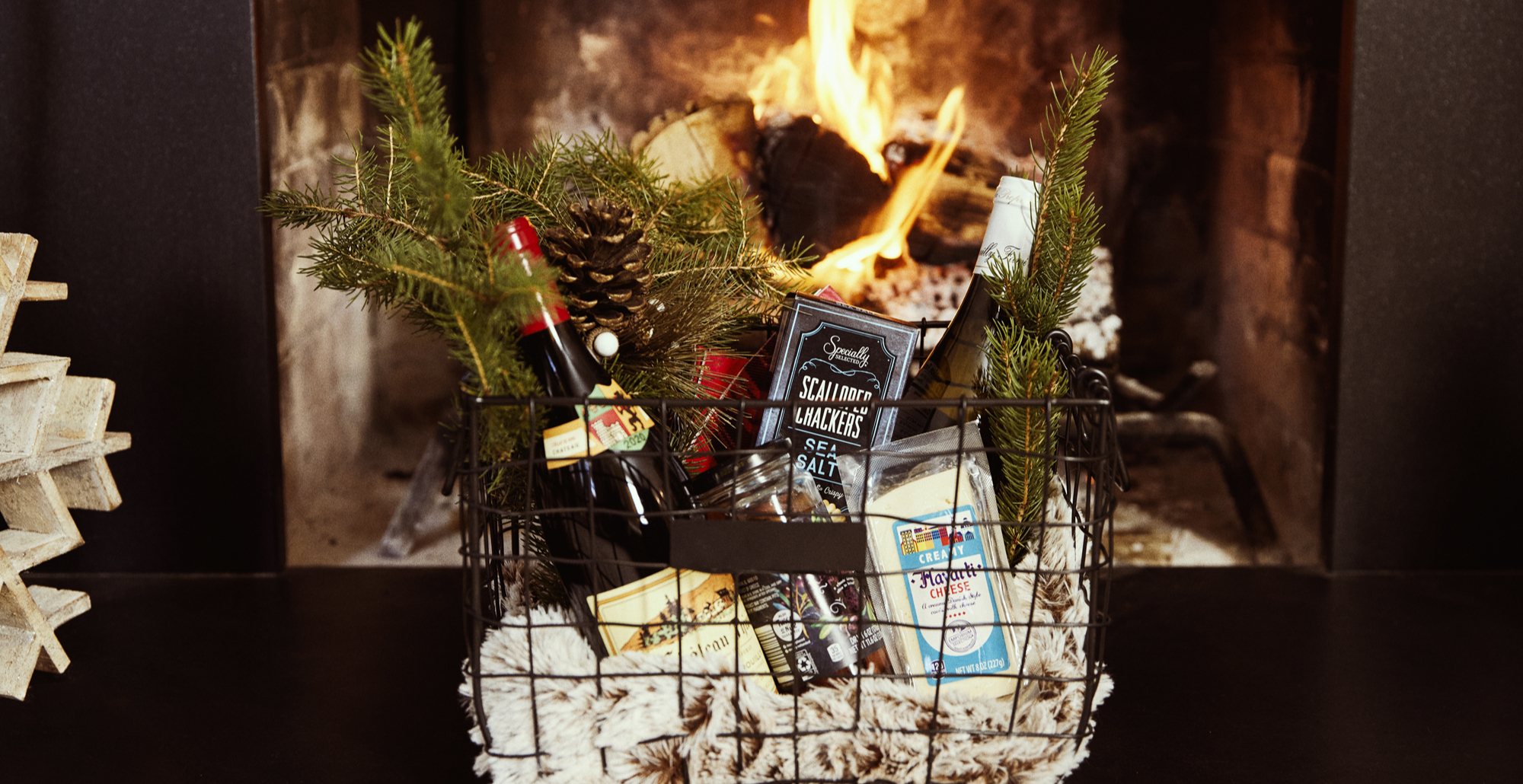Colin is a well-known name among vignerons in Champagne, Burgundy, and throughout France. But if you haven’t yet heard of Romain and Richard Colin, then consider this a very large, neon-covered billboard: With seven generations of experience behind them, these brothers are crafting exceptionally exquisite bubbles in the Côte de Blancs! And to prove our point, and earn that exclamation point, we have their sublimely elegant, vintage-dated, Grand Cru “Les Grandes Terres” for your consideration today. Old vines on top terroir is elevated further by very long lees aging in the bottle, and after a decade of rest this tiny production, luxuriously textured beauty is ready to reveal all its goods. The delicate yet persistent perlage is guaranteed to bring smiles of pure delight, even in the dead of winter, and the extremely reasonable price will keep those smiles going strong. Of course, we don’t have much, so don’t wait to pounce.
The Champagne Colin genealogy line dates back to 1829 when Constant Piéton first planted vines in the Côte de Blancs. Fast forward a little over a century and you come to Richard and Romain’s grandmother, Geneviève Prieur, Constant Piéton’s great-granddaughter. She ran her small estate, selling fruit and producing small amounts of Champagne at the same time as her peer Marie Louis Radet, both pioneering women in an industry dominated by men. When their children married, the current estate of Champagne Colin was officially born.
The bulk of their vineyards along with the cellar and winery are located in the Premier Cru village of Vertus, near the southern border of the Côte de Blancs. As such, Chardonnay is their primary grape, and is the focus of their lineup. However, for the “Les Grandes Terres” vintage wine, they use only fruit from their top parcels of old vines in the Grand Cru villages of Oiry and Cramant. The old vines and their prime terroir bring the power and richness, so Romain and Richard balance that breadth with precise, meticulous winemaking. Fermentation and aging is exclusively in stainless steel and malolactic fermentation is generally blocked. After bottling, the wine undergoes a slow, cold secondary fermentation and then is aged on the fine lees in bottle for a whopping seven plus years before disgorgement and the addition of classic “brut” dosage of eight to nine grams per liter.
We’ve said it hundreds of times, but a Champagne like this towering Grand Cru Blanc de Blancs has no place in a basic flute. Pull it out of the fridge or ice bath 15-20 minutes before serving so it can come up to a cool temperature of 48-50 degrees, and then serve in either a good all-purpose stem (this is best for a bright, persistent mousse) or a nice Burgundy bowl (to accentuate the aromatics and vinous texture). The initial attack of leesy, brioche aromas quickly give way to layers of lemon curd, yellow apple, lime zest, almond skin, honeysuckle, and chalky, flinty minerality. The super elegant, luxurious mouthfeel has plenty of ripe fruit, but the long, sea salt laden finish feels bone dry. Serve with your favorite shellfish–oysters on the half shell will do nicely, or try the recipe for crab risotto below. That’s a meal that will make the whole family smile, any time of year!














